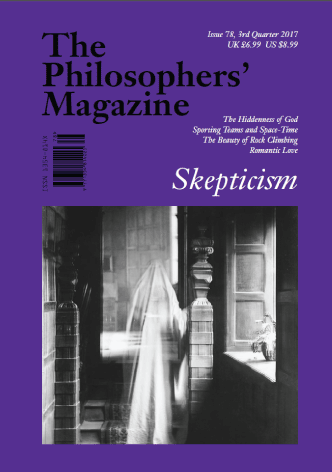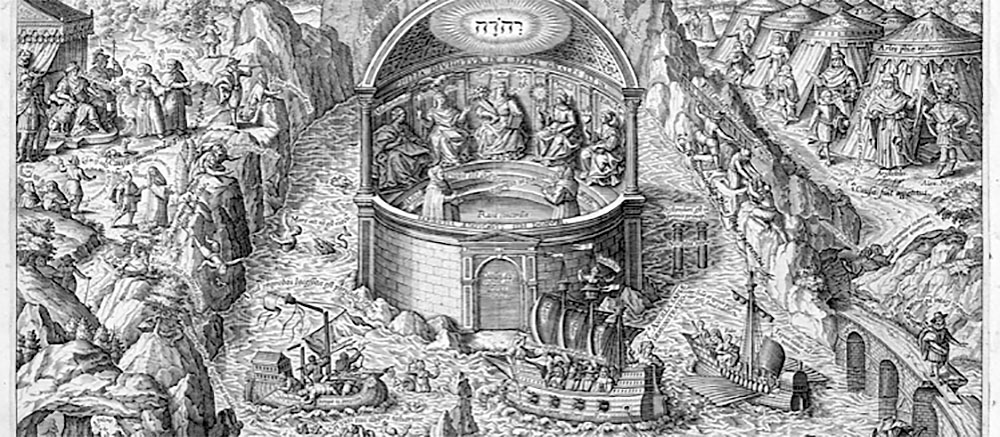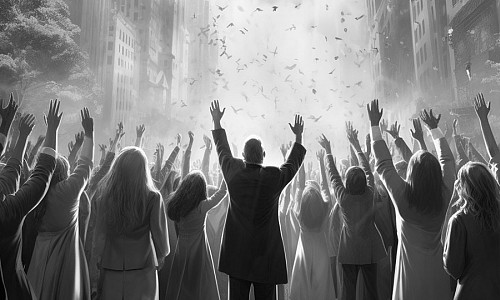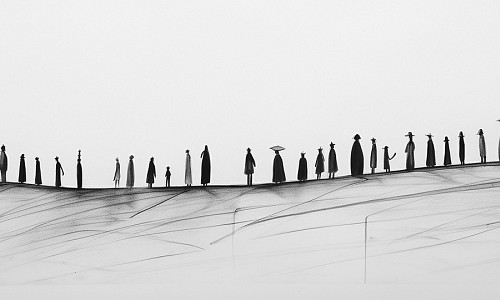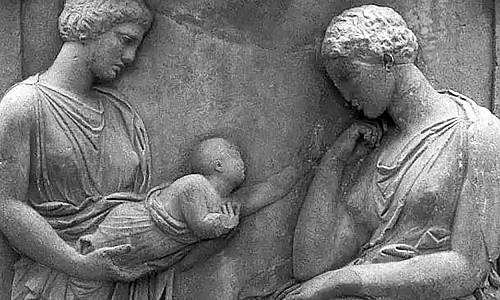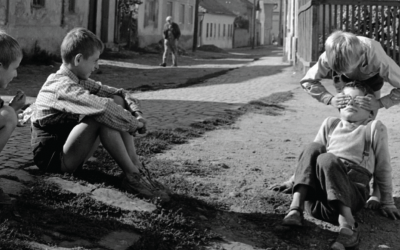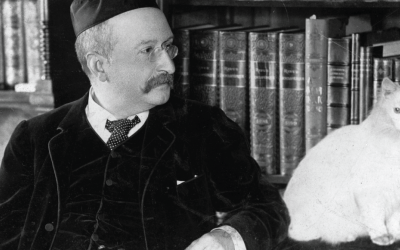Susanna Berger on imagery as a tool of philosophical thought and learning.
Nearly a hundred small figures stumble along treacherous pathways, scale craggy cliffs, cross wild hunting grounds, and sail through a roiling sea. Their destination is ‘Wisdom’: a domed temple rising above the waters near top of the page.
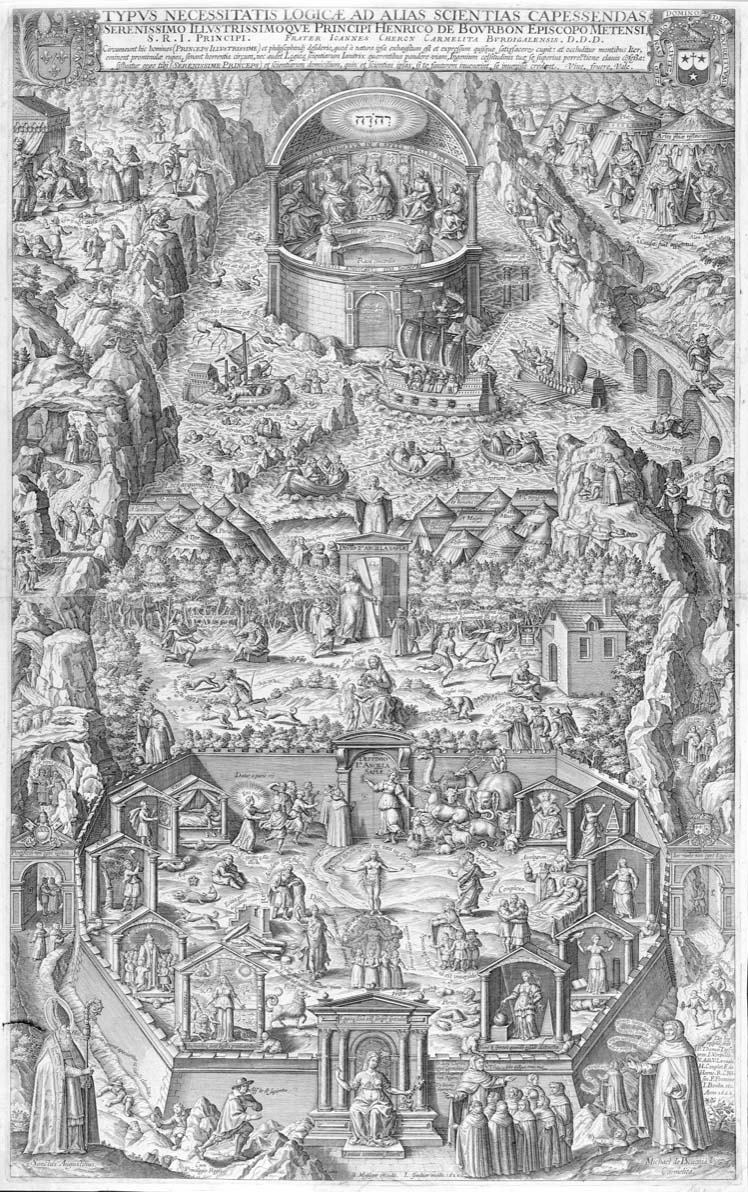 Chéron and Gaultier, Scheme, 1622. Engraving on paper, 29.1 x 18.5 in. (74 x 47 cm). Rare Book Division, Department of Rare Books and Special Collections, Princeton University Library.
Chéron and Gaultier, Scheme, 1622. Engraving on paper, 29.1 x 18.5 in. (74 x 47 cm). Rare Book Division, Department of Rare Books and Special Collections, Princeton University Library.
This engraving was designed in 1622 by the Carmelite professor of logic, Jean Chéron, and titled Scheme of the Necessity of Logic for Grasping the Other Branches of Knowledge (Typus necessitatis logicae ad alias scientias capessendas), hereafter Scheme. At the bottom of the scene, Chéron himself stands in his Carmelite habit, surrounded by his students. He gestures toward the gates of this landscape, which are guarded by Logic, and invites his students to embark on the journey through this portal, because, he advises them, a mastery of logic is needed for the discovery of wisdom. For Chéron’s students at his Carmelite monastery in Paris, this detailed chorographic map depicted the fictional region they would have to cross through as they followed the road of intellectual discovery in pursuit of knowledge. The smaller images within this realm are juxtaposed with fragments of biblical and philosophical texts to depict and to interpret the tools students required in their attempt to master logic and thus to find wisdom.
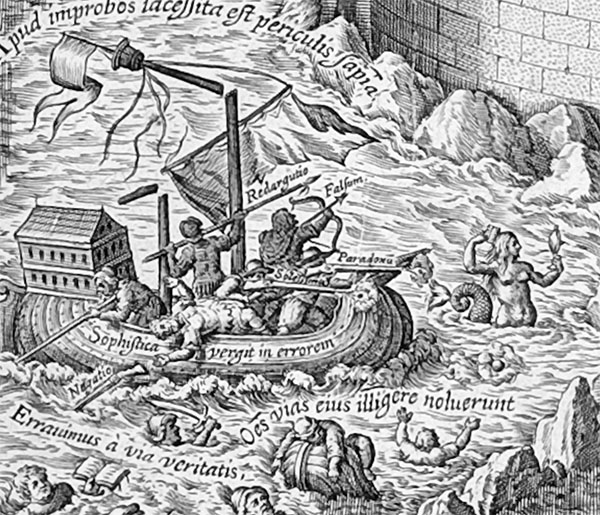
Produced in collaboration with the engraver Léonard Gaultier and published by Jean Messager, the document was employed by Chéron and his students as a pedagogical instrument. The students were expected to explain the contents of the texts and images printed on the broadside during public, oral examinations known as ‘disputations’. The Scheme represents the field of logic through a map of diverse terrains: mountains, seas etc. As such, it offers both a visual commentary on the tenets of Aristotelian scholastic philosophy as they were taught in early modern France, and an allegorical depiction of the strenuous intellectual process of the search for understanding, as well as the perils of laziness and the incorrect applications of philosophy. The print unequivocally promotes the philosophy of Aristotle, who stands at the top of the pathway on the right before a military tent that is inscribed, “Aristotle restorer of philosophy” (Aristoteles philosophiae restaurator). The image testifies not only to the enduring influence of Aristotle’s logic throughout this period in French educational establishments, but also to the ways in which the viewing and creation of imagery functioned as important instruments of philosophical thought and teaching.
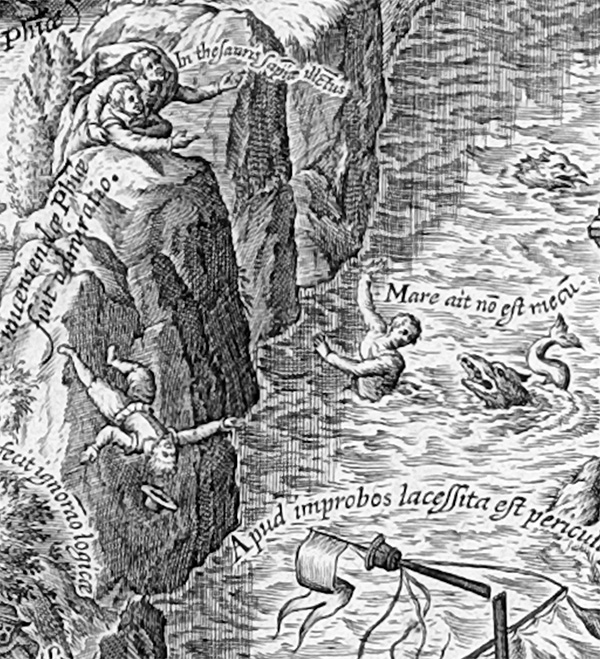
*******************************
This excerpt is adapted from Susanna Berger’s The Art of Philosophy: Visual Thinking in Europe from the Late Renaissance to the Early Enlightenment (Princeton University Press, 2017); a Chinese translation is forthcoming this year. The Scheme and a collection of other wonderfully intricate philosophical broadsides are at the center of The Art of Philosophy. Berger shows how their inventive iconography inspired new visualizations of thought in a range of drawn and printed sources, including student lecture notebooks, printed books, and alba amicorum (friendship albums).
Contributed via Associate Editor, Emily Thomas.
You might also like...
